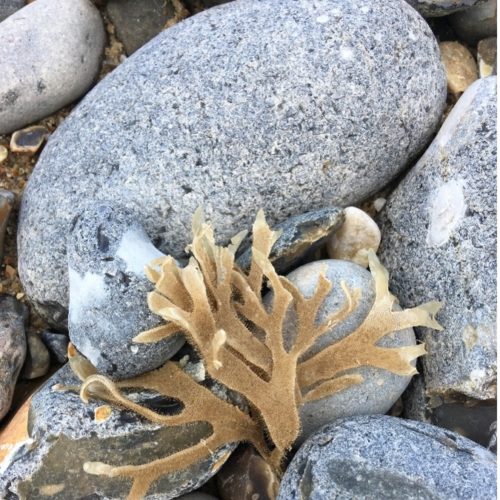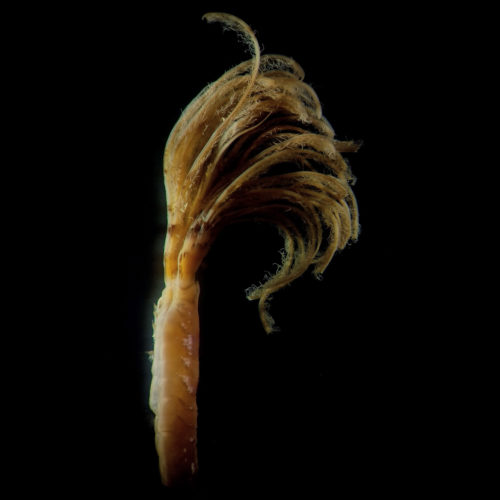Commonly known as water dogs, water voles are the largest species of vole in Britain. As they battle their way back from the brink of extinction, under protected species law, we highlight some key facts about water voles, their seasonal habits, legislation surrounding them, and when the best times are to survey and mitigate for them.
Hiding in winter
It is rare to see a water vole over winter, but they don’t hibernate. They go underground and maintain energy levels by sleeping more and feed from of seasonal plants.
Water voles sometimes plug burrows with mud and vegetation during winter to maintain heat. Due to the in-activeness of water voles during the winter, water vole activity surveys should be carried out between April and June then later in the year, during September and October.
Surveys are limited between June and September due to the amount of vegetation around water courses. During the summer months, vegetation growth could cover the water vole burrows and other signs used to confirm their presence.
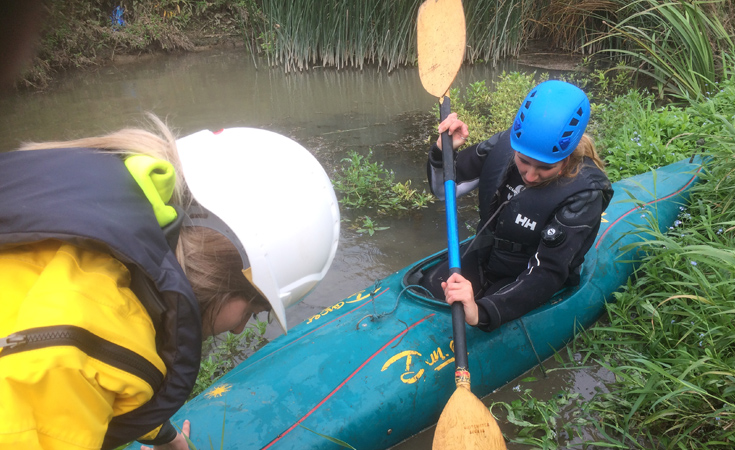
To avoid this survey limitation,Thomson has employed a new survey technique which involves carrying out water vole surveys from a kayak. This allows more of the water bank to be surveyed and ensures a more accurate record of how water voles are using the water way.
Threatened by mink
Prior to 2000, mink frequently escaped or were released from fur farms in Britain. This invasive species poses one of the greatest threats to water vole survival and is one of the reasons water vole are vulnerable to extinction in the UK.
As a result, water vole is fully protected under section 9 of the Wildlife and Countryside Act 1981 (as amended) and are also a UK priority conservation species. It is therefore an offence to intentionally kill water voles, damage or obstruct access to water vole burrows or disturb them in a place of shelter.
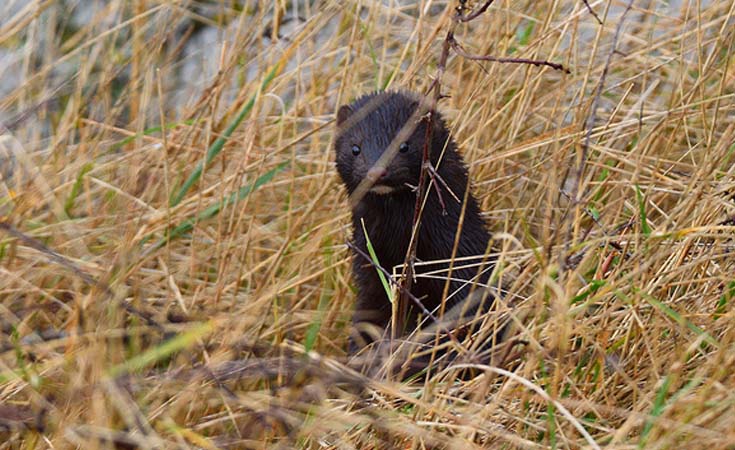
For this reason, any work or development that could potentially disturb water voles or their habitat would need an ecological survey first to determine presence or likely absence, prior to the works going ahead.
On the rise?
Between 1989 and 1998, the water vole population fell by almost 90%. Water voles used to frequent most water ways in England, Scotland and Wales, but it is thought they have been lost in up to 90% of these sites.
However, the level of protection designated to this species and its habitat has improved its standing in the UK. According to the Peoples Trust for Endangered Species (PTES), water voles are a priority species in the UK Biodiversity Action Plan, and a current reintroduction programme is underway to improve their numbers.
Fiercely territorial
Living in colonies, water voles spread along a water course and mark their territory. Between March to October, breeding females mark their territory using discrete latrine (communal toilet) sites. On water vole surveys, our ecologists record these latrines often found in burrow entrances, to confirm presence.
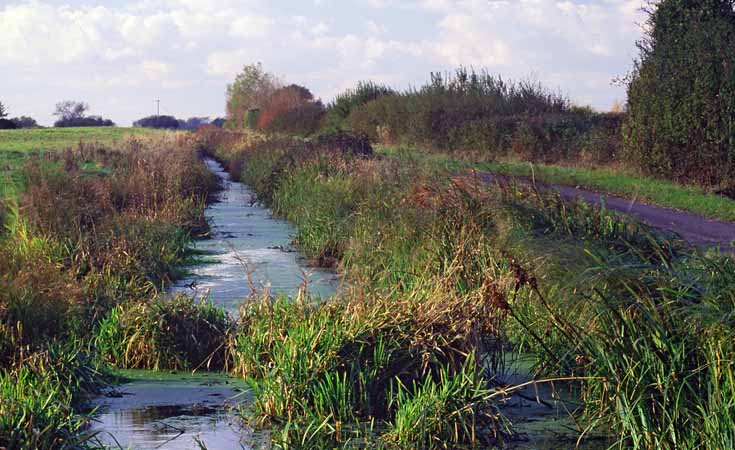
Double trouble
Water voles in Scotland have a completely different ancestry to their southern cousins across the border. Scottish water voles came from the Iberian Peninsula, whereas voles to the south of Scotland migrated over from south east Europe, recolonising after the Ice Age.
Survey times
As experts in environmental compliance, Thomson have undertaken a variety of water vole surveys both on and off the water. When conducting activity surveys, these are undertaken between April and June, and then again during September and October. When a habitat assessment is required, this work would be carried out between November and February.
How we can help you
Are you proposing work on an area of land which has the potential to support water voles? Now that we’ve outlined the necessary legislative and seasonal information on the species, as well as our current techniques, get in touch so we can discuss your survey and mitigation requirements. Working together to ensure environmental compliance, we can help you keep your project plans on track and ensure your end goals are met.





